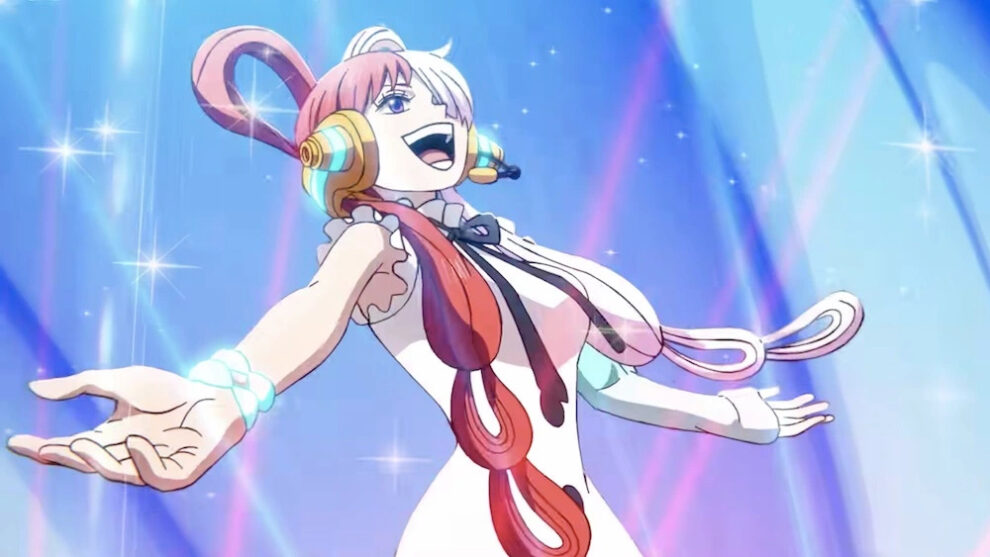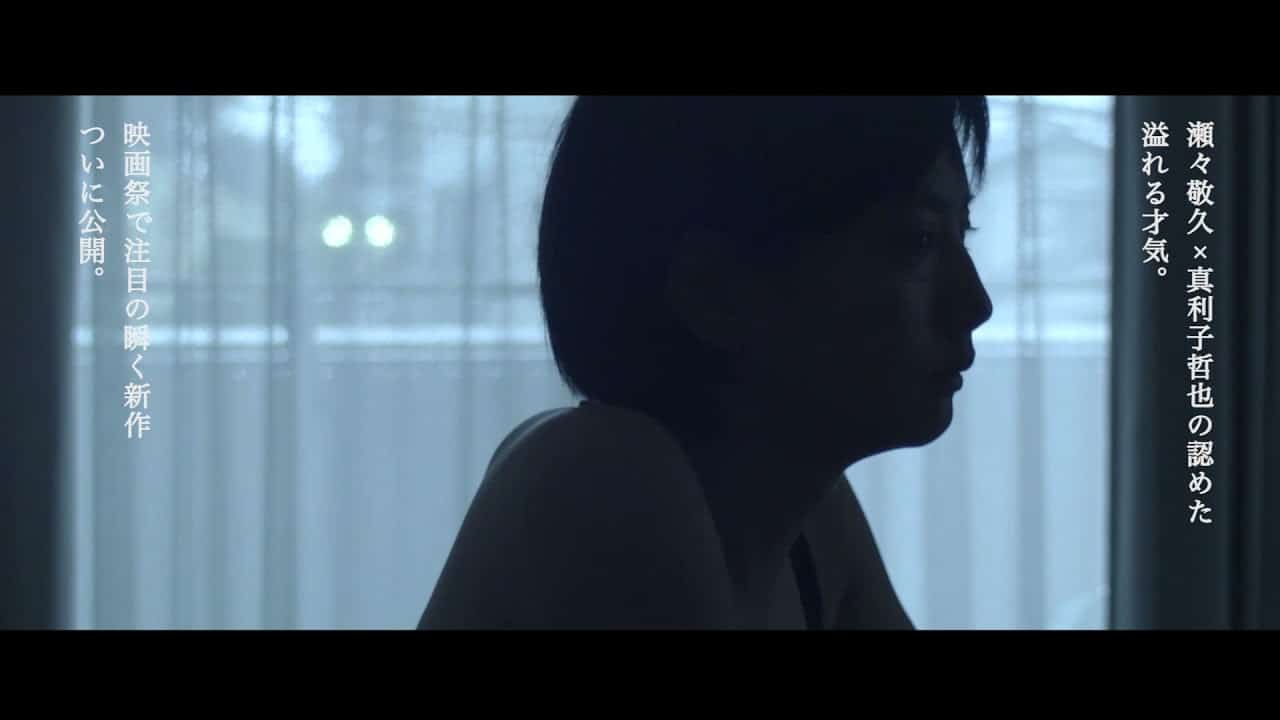If the fact that the anime series has been screening since 1999 (and the actual manga since 1997) was not a feat by itself, that the popularity of the franchise reached new heights during the latest years, it definitely is. “One Piece Film: Red” is the 15th in the series and is he highest-grossing film of One Piece, the highest-grossing film of Toei Animation, the highest-grossing film of 2022 in Japan, the 5th highest-grossing anime film of all time in Japan, the 5th highest-grossing Japanese film of all time in Japan, and the 8th highest-grossing film of all time in Japan.
Buy This Title
by clicking on the image below
The Straw Hat Pirates leave for the island of Elegia to attend a concert by Uta, a world-famous singer. After Uta performs her first song (“New Genesis”), Luffy goes on stage to reunite with her, revealing that the two of them know each other because Uta is the adopted daughter of “Red-Haired” Shanks. They met when Shanks was based at Luffy's hometown 12 years ago, but one day he returned from a voyage without her, claiming she had left to pursue a career as a singer.
Despite having achieved an unprecedented level of stardom, Uta greets Luffy warmly and the two are immediately back to their kid shenanigans, competing in the same games they did as kids. However, as time passes, it becomes evident that something is wrong with her fandom and particularly those that stay on the island, as her trauma and bitterness come to the fore and the fact that she has consumed a Devil Fruit is revealed. Among Celestial Dragons, Demon Kings, the return of legendary pirates, and a number of other forces that have gathered in the island, Luffy and his gang must find a way to stop Uta, without actually hurting her.
Check also this interview
Goro Taniguchi directs a movie that is equally musical (in a distinct promotional aspect for Ado, composer Yasutaka Nakata and the plethora of their collaborators), shonen (with the action aspect being quite prevalent) and a tribute to the franchise, since a number of fan-favorite characters appear throughout. Evidently, all three aspects point directly towards fanservice/satisfying the audience, but are also quite organically embedded in the narrative, maybe with the exception of the too many songs, in one of the direction's best traits in the movie.
Also of note is that, despite the PG13 aesthetics that always characterized the franchise, Taniguchi has managed to include some very pointed comments about the music industry and particularly the pop fandom, mostly through metaphor. In that fashion, Uta is eventually revealed to have brainwashed her audience, who worship her in a way that can only be described as obsession, while under her orders, they eventually become zombies attacking whomever she deems her enemy. The way pop idols and their fans function in real life is evidently mirrored in the above, while the way, her, through drugs, and them, through their adoration, have essentially created a world of their own where they live exclusively, essentially forgetting the actual one, also moves in the same direction. That Uta's attitude derives from the trauma she experienced due to the abandonment by her adopted father cements the overall comment, as much as justify (or give an excuse at least) for the reasons she wants to stay in the illusion she created forever.
The more easily understood fairy tale-like comments, how friendship and comradeship can change people, how good always triumphs over evil, and how sometimes perception identifies with false assumptions, cement the overall rich context of the movie.
However, the anime is first and foremost a shonen, and the action is where it truly thrives. Masayuki Sato's character design lingers, as usually, between the kid-like (not so much detail in them actually) and the funky, in a combination, however, that is excellently implemented in the moves of the plethora of characters that appear throughout. As such, the animation by Toei (Sato is also the chief animation director) is astonishing on occasion, with the constant movement on screen, both in the “calm” and the battle sequences, being truly impressive to watch. This element is also connected with the frequent music video scenes, which may be a tad too many, but the ones that are also part of the action are among the best moments here. In combination with the motley, also funky, and quite bright coloring, and the intricacy of the background which is also part of the action and features almost constant movement, the result is a true visual extravaganza.
“One Piece Film: Red” is a worthy continuation of probably the most successful franchise in anime history, and a movie that will satisfy all fans of action anime, even those who know very little of the original.
















